The MYOPIA ISSUE
milenses
Spectacle Lenses for Myopia Management
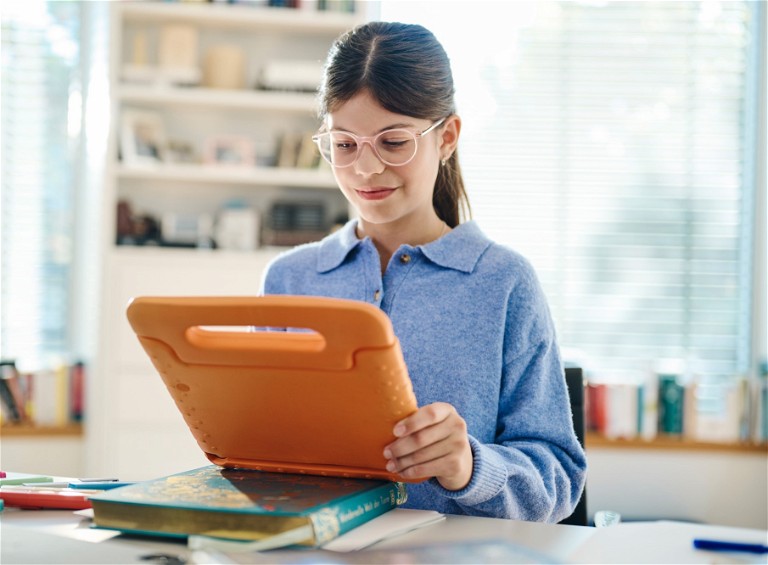
ZEISS MyoCare
ZEISS MyoCare is the first age-related myopia management solution from ZEISS. Since its official launch in China over a year ago, ZEISS has sold over one million pairs. Now also available in Australia and New Zealand, ZEISS MyoCare comes with an anti-glare coating, blue protect coating, or hard coated only.
The product availability includes 1.5, 1.59, and 1.6 index. ZEISS MyoCare is built on the principle of simultaneous competing defocus that is achieved by its Cylindrical Annular Refractive Elements (CARE) in the functional zone and also includes a point-bypoint free form back surface design to ensure that the optimal refractive correction and the intended myopic defocus are maintained for all gaze directions.
Visit: Zeiss Account Manager
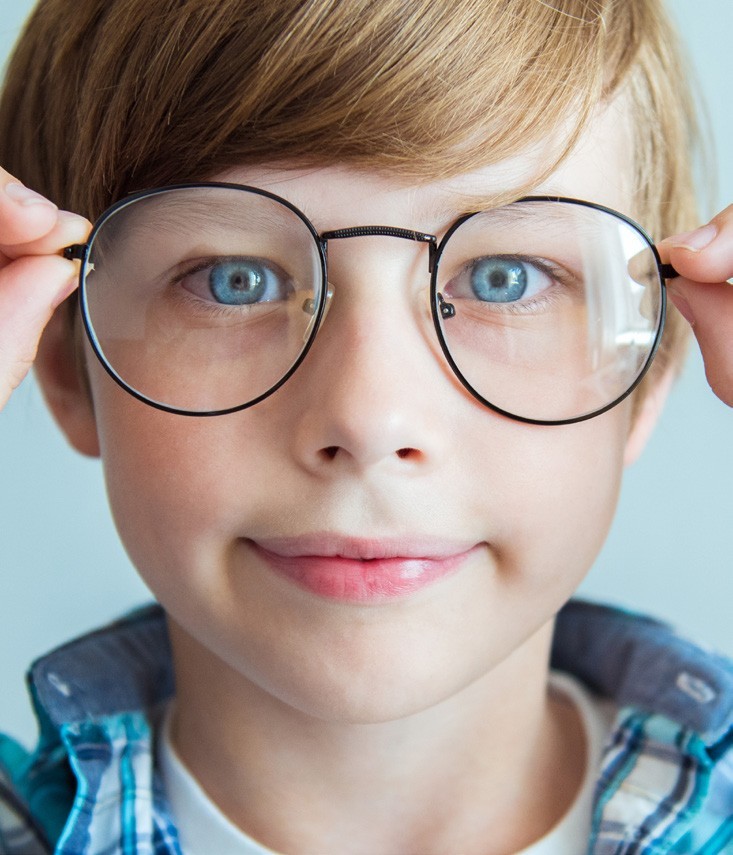
MyoMe by CR Labs
MyoMe uses innovative Myo Freeform technology to offer an exciting approach to managing the pandemic of childhood myopia.
MyoMe is a peripheral defocus lens with a near addition. The lens has a clear central zone. The nasal and temporal sides of the lens incorporate areas of asymmetrical positive defocus to ensure light is focussed in front of the retinal plane, effectively preventing axial elongation, and slowing down myopia progression.
A recent clinical trial, due to be published in early 2024, investigated the efficacy of the MyoMe lens in European children with myopia. The preliminary results of the study found that at the 12-month review, MyoMe had reduced axial elongation by 39%, compared with children wearing single vision lenses.
Contact: CR Labs Account Manager
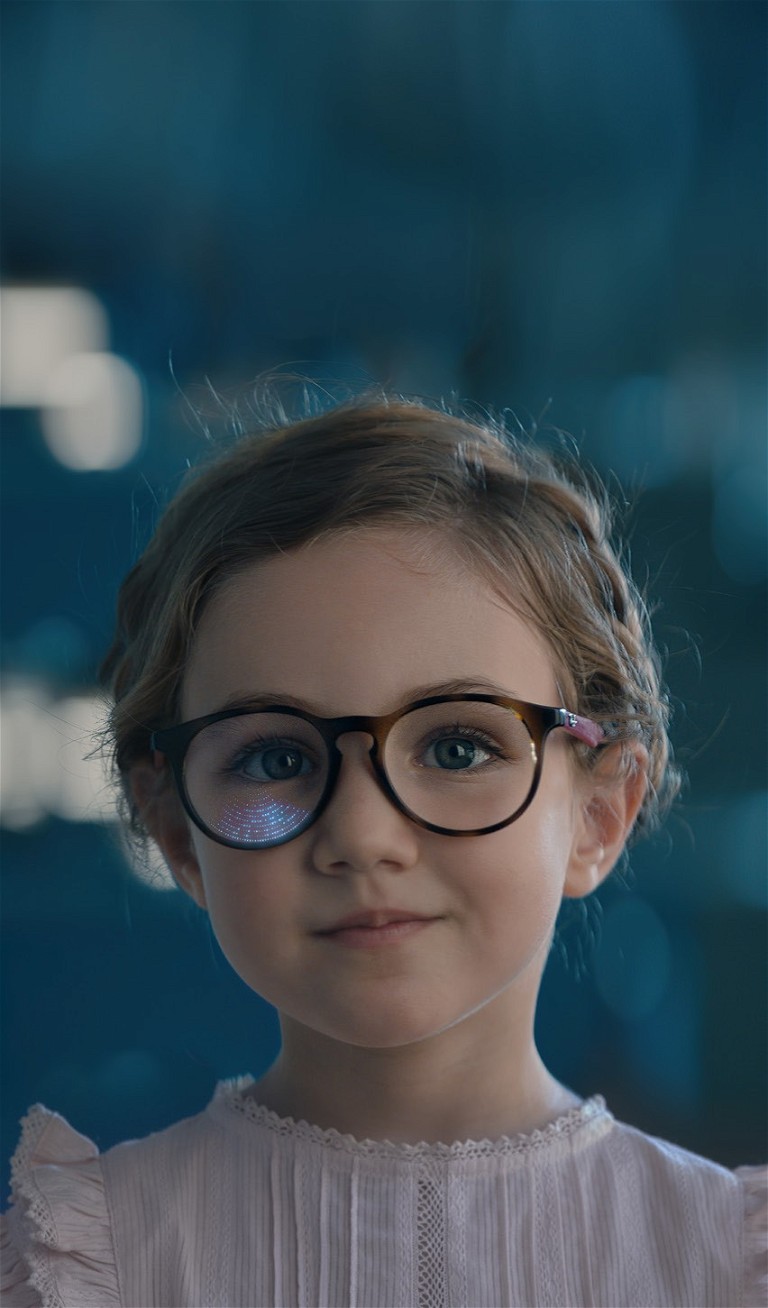
Essilor Stellest
Essilor Stellest lenses provide an innovative lens for optometrists to correct vision and help fight myopia progression in children.
Clinical trial results show that after two years, Essilor Stellest lenses slow down myopia progression by 67% on average, compared with single vision lenses, when worn 12 hours a day.*
Essilor Stellest lenses don’t compromise on the aesthetics of the lens and cover a large range from plano to -10.00D sphere and plano to -4.00D cylinder. Made in Airwear, a durable polycarbonate, Essilor Stellest also provides the safety a child needs in the rough and tumble of the playground.
Contact: Essilor Account Manager
*Compared with single vision lenses, when worn 12 hours a day. Two-year prospective, controlled, randomised, double-masked clinical trial results on 54 myopic children wearing Stellest lenses compared with 50 myopic children wearing single vision lenses. Efficacy results based on 32 children who declared wearing Stellest lenses at least 12 hours per day every day. Bao, J., et al., (2021). Myopia control with spectacle lenses with aspherical lenslets: a 2-year randomised clinical trial. Invest. Ophthalmol. Vis. Sci.; 62(8):2888.
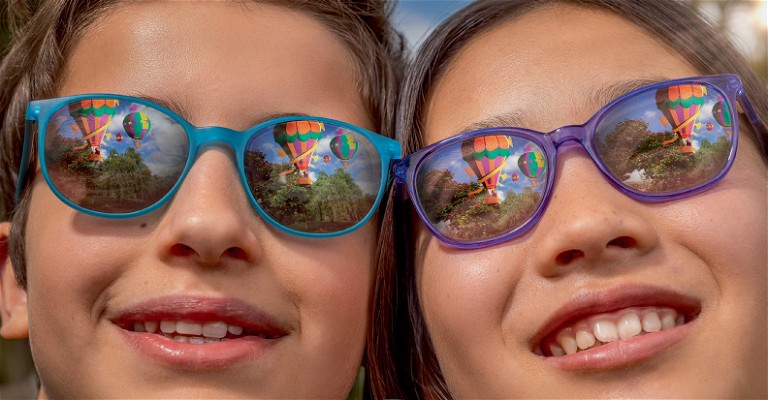
MiyoSmart by HOYA
The award-winning1-3 MiyoSmart spectacle lenses have been shown to slow myopia progression by 60% in children aged eight to 13.4 Importantly, a six-year follow-up study proved the MiyoSmart spectacle lens myopia control effect is sustained over time for children wearing the lens, with an average cumulative myopia progression less than 1.00D and axial elongation 0.6mm over six years in children that wore MiyoSmart for the duration of the study.5 The study also showed no rebound effects.5
MiyoSmart solutions are now available in clear and sun options – MiyoSmart Chameleon is a photochromic spectacle lens6,7,8 while MiyoSmart Sunbird is a polarised spectacle lens.7,10
Essilor Stellest lenses don’t compromise on the aesthetics of the lens and cover a large range from plano to -10.00D sphere and plano to -4.00D cylinder. Made in Airwear, a durable polycarbonate, Essilor Stellest also provides the safety a child needs in the rough and tumble of the playground.
Contact: HOYA Account Manager
References available at mivision.com.au

MyoEase by Opticare
MyoEase features a multi-pinhole, microtransparent lens defocus design. The pinholes are evenly arranged in a ring to form an optical defocus area, which is integrated into the physiological curvature of the retina to slow the growth rate of the eye axis. The MyoEase is available in 1.56, 1.6, 1.67, and 1.74 clear, Blue Guardian and Skye multicoating.
MyOnic, a freeform lens designed in Italy by ProCrea Tech, uses para-central hyperopic defocus to reduce axial length growth, correcting myopia at the fovea and simultaneously defocussing the peripheral hyperopia. MyOnic is available in 25 different materials including 1.56, 1.6, and 1.67 with Blue Guardian and Skye multicoating.
Contact: Opticare (AUS) 02 9748 8777
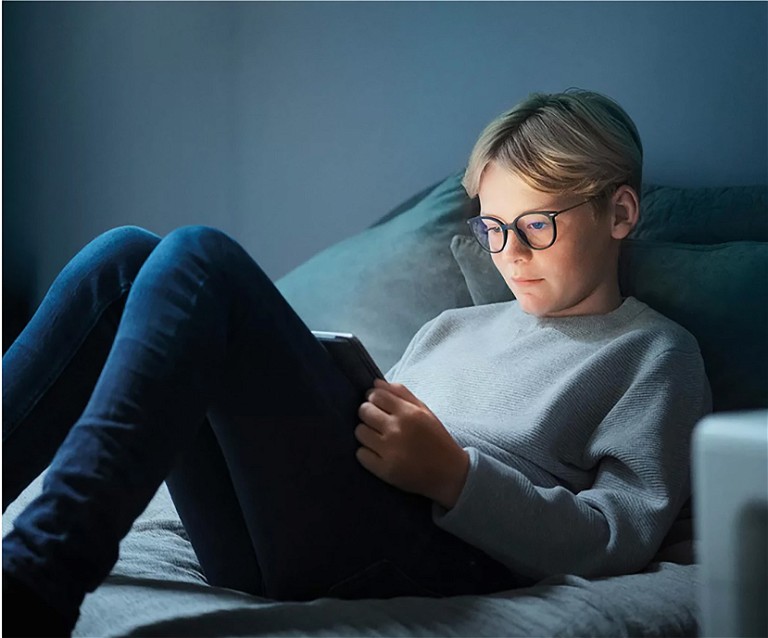
MyCon by Rodenstock
With Rodenstock’s MyCon myopia control lens, peripheral defocus areas are placed to the sides of the lens, where they slow the progression of myopia the most, leaving the main vision zones of the lens undisturbed for sharp vision.
An independent clinical study examining myopia progression in Caucasian children over a period of five years has shown that myopia control lenses built on the principles of Rodenstock MyCon are effective in reducing the progression of myopia.
Rodenstock MyCon lenses are available in index 1.5, 1.6, 1.67, and 1.74, which make the lenses both thinner and sleeker than many other myopia lenses on the market and well suited to high prescriptions. Also available tinted and with all Rodenstock coatings.
Contact: Rodenstock (AUS) 02 9748 0988
Reference
1. Tarutta, E.P., Proskurina, O.V., Tarasova, N.A., et al., (2019) Long-term results of perifocal defocus spectacle lens correction in children with progressive myopia. Vestn Oftalmol.2019;135(5):46–53.